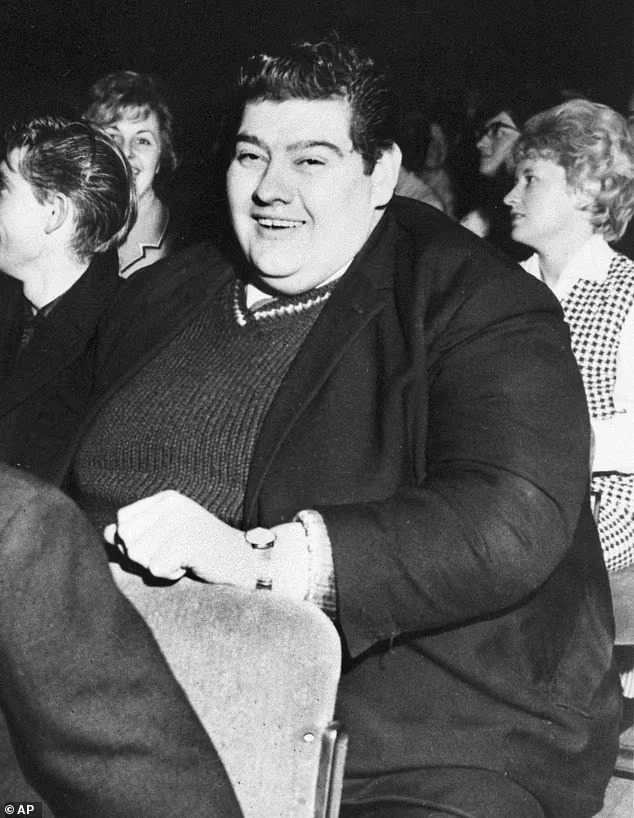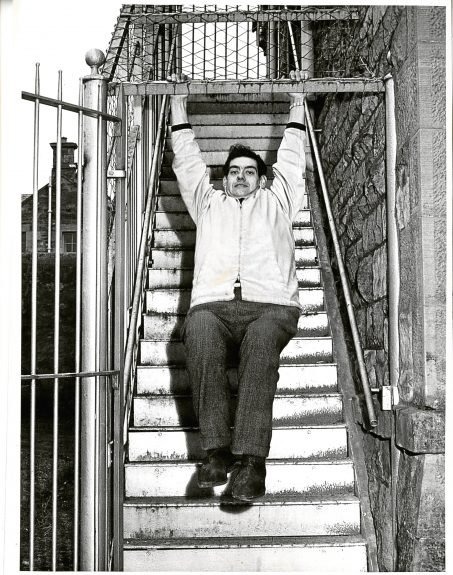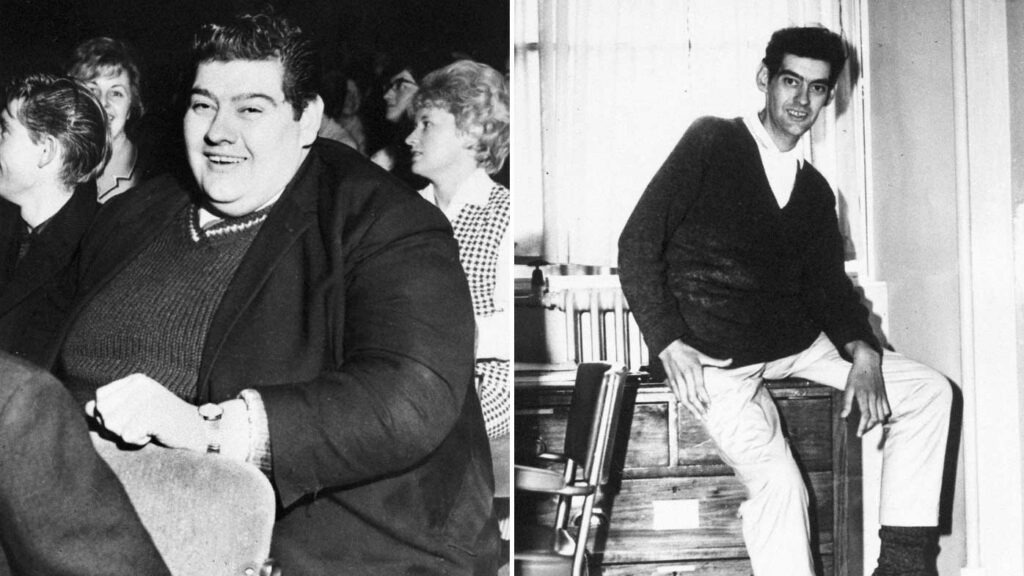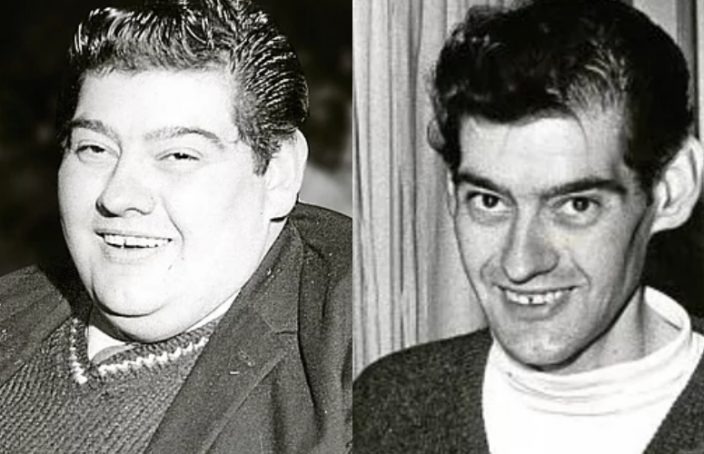The Unbelievable Journey Of The Man Who Didn’t Eat For 382 Days
We’ve all felt a little cranky after skipping a meal, but imagine fasting for over a year! In 1965, 27-year-old Angus Barbieri took that challenge, going an unbelievable 382 days without eating any solid food. During this time, he lost an astonishing 276 pounds.
His incredible story not only amazed the public but baffled scientists. How did his body and mind handle this journey? And what drove him to take such a drastic approach to weight loss? Let’s explore!
Barbieri’s Early Life Struggling With Obesity

Born in 1939 in Scotland, Angus Barbieri grew up working in his family’s fish-and-chips shop, where his struggle with food addiction began. By the age of 27, he weighed a massive 456 pounds.
With his health in jeopardy, Barbieri sought medical help in June 1965. He voluntarily admitted himself to the Royal Infirmary of Dundee to lose weight.
Little did he know this journey would stretch far beyond the short, fast doctors initially planned.
The Radical Fast: A Year Without Food

Angus Barbieri was booked to the hospital for a 40-day stay to help him avoid food and start his weight loss journey under strict medical supervision.
He found it surprisingly easy to start his fast. He breezed through the first 40 days without eating anything, only drinking black coffee, tea, and sparkling water.
To make up for missing nutrients, his doctors gave him vitamins and yeast tablets, and sometimes, he allowed himself a small spoonful of sugar.

After the initial 40 days, his doctors were ready for him to stop, but Angus had other plans. He was already seeing results and decided to continue the fast, feeling confident and motivated to keep going.
Doctors regularly checked his blood pressure, glucose levels, and organ functions to ensure he remained healthy. Despite minimal caloric intake, his body relied on its fat stores for energy, and autophagy helped him survive without food.
Angus was free to go home between check-ups, though he committed fully to avoiding all solid food, even quitting his job at the fish-and-chips shop to avoid temptations.

His weight dropped consistently, roughly one pound a day, and doctors observed him for signs of malnutrition or organ damage, though remarkably, he exhibited no serious health issues during the fast.
His medical team allowed him to continue only because he showed no adverse effects, with frequent hospital visits to monitor his body’s reaction to the ongoing deprivation.
Each month, they ensured that his electrolyte balance, heart health, and mental condition remained stable, allowing him to carry on.
Breaking The Fast: The Simple Meal That Marked History

His ultimate goal was to reach 180 pounds, which he hit on July 11, 1966, after over a year of fasting.
The key to this astonishing feat lay in the close collaboration between Angus and his doctors, with detailed oversight to ensure that the fast, though extreme, was as safe as possible.
On the morning of July 11, 1966, Angus Barbieri ended his fast with a modest meal: a boiled egg and bread with butter.
His simple meal enjoyed under the watchful eyes of the press, symbolized more than just the end of his weight-loss journey—it marked the completion of a feat few could have imagined possible.
As Angus remarked, “It went down OK. I feel a bit full, but I thoroughly enjoyed it.”
Skepticism And Scientific Curiosity

While Barbieri’s achievement drew admiration, it also sparked skepticism. Could a man really survive more than a year without solid food?
Critics worried about the potential long-term damage, but a 1973 study published by his doctors in the Postgraduate Medical Journal confirmed that Angus suffered “no ill effects.”
His success left scientists curious about the limits of fasting. The University of Dundee even conducted a follow-up study to explore the impact of such an extended fast, though the medical community remains cautious about endorsing similar methods today.
Legacy And The Limits Of Fasting
To this day, Angus Barbieri holds the record for the longest fast without solid food—a feat recognized in the 1971 Guinness Book of Records.
While there have been other prolonged fasts, none have surpassed Angus’s without medical intervention, such as force-feeding.
Due to concerns over the potential health risks, Guinness World Records no longer tracks or endorses fasting-related achievements.

